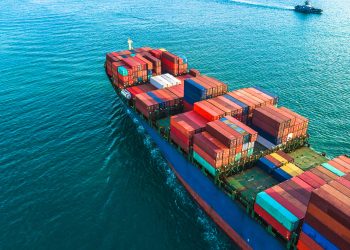As emerging technologies are enhancing ship routing, navigation is getting faster and safer, while there are new possibilities for mega-container ships and fully autonomous ships to sail the high seas in the coming future.
Ship routing has been steadily improving, as the shipping industry successfully mitigates several issues, thus providing viable solutions for real-world applications. Some of these issues regard weather routing, offshore logistics, speed optimization, fleet deployment and maritime inventory routing.
[smlsubform prepend=”GET THE SAFETY4SEA IN YOUR INBOX!” showname=false emailtxt=”” emailholder=”Enter your email address” showsubmit=true submittxt=”Submit” jsthanks=false thankyou=”Thank you for subscribing to our mailing list”]
Ship routing uses weather forecast data to digitally present information like shore and fishing ground information, traffic information, and weather-related navigation forecasts and warnings.
Currently, as new technologies emerge, so does the digitalization on board ships. This allows for immediate action based on real-time data provided by ECDIS. As a result, the use of this new technology can lead to more and reliable voyage planning, as well as better monitoring of vessel movements, fuel consumption and efficiency.
By fully digitizing ship routing, vessel motions can improve by considering various navigation factors, especially during low visibility conditions. This type of condition increase the potential of unwanted ship motions that may put the safety of ship at risk.
What is more, the complete digitization of ship routing would enable an even more centralized voyage planning process and open new ways for predictive shipping.
The final result ships’ digitization would be the successful development of semi- and fully-autonomous ships. The industry would have to initially improve ship routing systems in such a way that more complicated route plans can be passed back and forth, depending on environmental data like weather forecasts, wind, tide, wave and current conditions.






























































